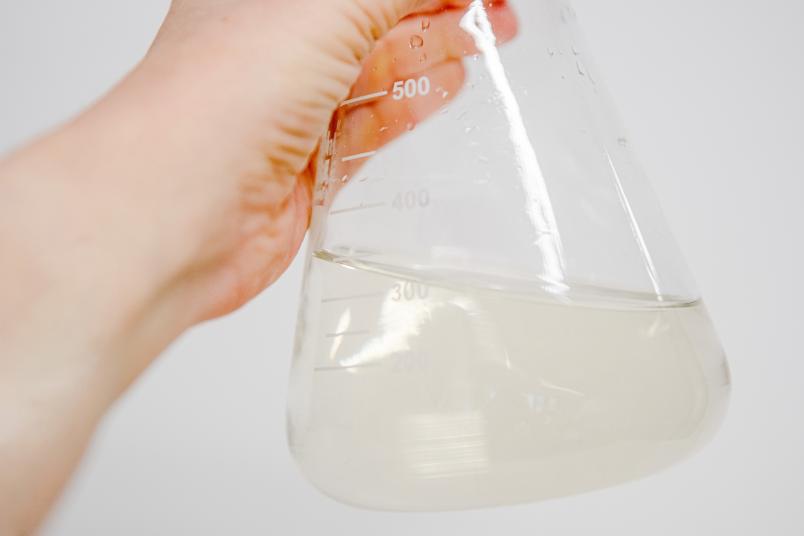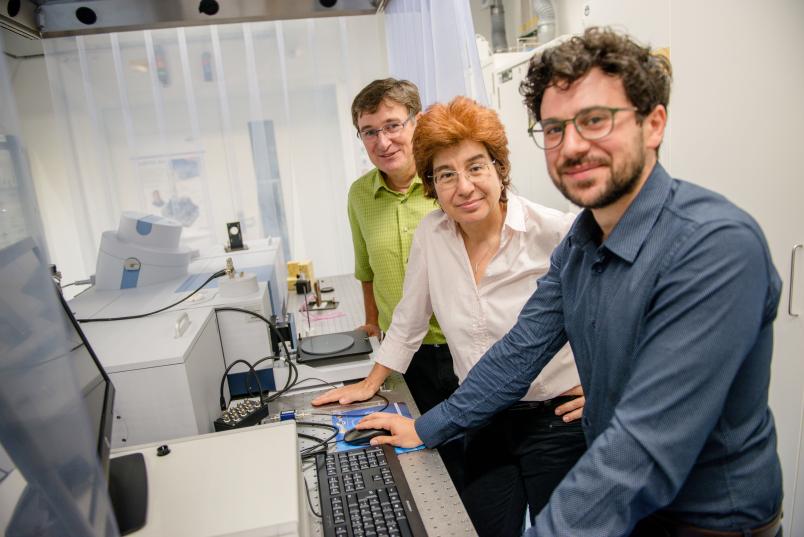Chemistry
Measuring pH locally with terahertz spectroscopy
Nowadays, it is easy to determine an average pH for larger quantities of liquid. It is a challenge, however, to define a local pH value
Researchers at RUB have developed a new method to determine a local pH value near a specific site of a biomolecule. A reliable measurement with a pH meter is only been possible in larger ensemble, or homogeneous bulk. The new procedure, which is based on terahertz spectroscopy, is described by the team from the Cluster of Excellence Ruhr Explores Solvation, Resolv for short, in the journal Angewandte Chemie International Edition, published online in advance on 6 November 2020.
The teams from the Chair of Physical Chemistry II led by Professor Martina Havenith and from the Chair of Theoretical Chemistry led by Professor Dominik Marx cooperated during the work. “There is increased evidence that biological reactions do not depend so much on the global chemical properties of a solution but rather that the local conditions in the immediate vicinity of an enzyme are crucial,” says Martina Havenith. This includes, for example, the pH value or local charge state.
“It is important for us to be able to not only measure these local properties but also to compute predictively – for instance, if we want to optimize solvation conditions for using enzymes as biocatalysts,” says Dominik Marx.

